#19th Dynasty
Text
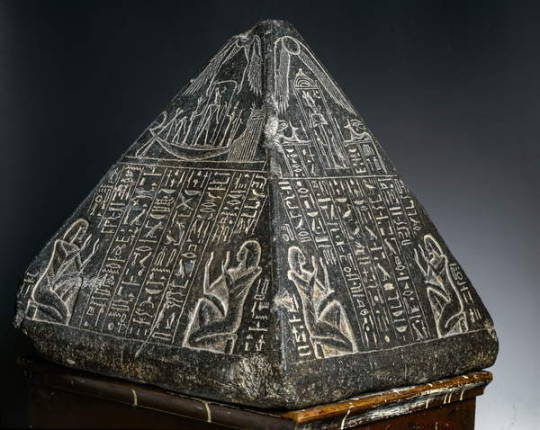
Pyramidion of Amenhotep (Huy)
New Kingdom, 19th Dynasty, reign of Ramesses II, ca. 1279-1213 BC.
From Saqqara necropolis.
Now in the Egyptian Museum, Cairo. TR 7-114-24-1
True pyramids (at least the larger ones), as opposed to step pyramids in Egypt were topped by a special stone called a pyramidion, or sometimes a capstone, which was itself a miniature pyramid. It brought the pyramid structure to a point at the same angle and the same proportions as the main body.
The ancient Egyptian word for the pyramidion, which could also sit atop the apex of an obelisk, was ben-benet, named for the sacred Benben stone kept in the temple of Heliopolis, the oldest center of the sun cult in Egypt. During the Old Kingdom, they were usually made of diorite, granite or a very fine limestone which was then covered in gold or electrum.
Read more
484 notes
·
View notes
Text




~ Relief with Profile of Ramesses II.
Place of origin: Egypt
Period: 19th Dynasty ; Reign of Ramesses II
Date: 1279-1213 B.C.
Medium: Limestone with traces of paint.
#ancient#ancient art#history#museum#archeology#ancient egypt#ancient sculpture#ancient history#archaeology#egyptian#egypt#egyptology#ramse#ramesses ii#19th dynasty#1279 b.c.#1213 b.c.#profile#relief#art
909 notes
·
View notes
Text
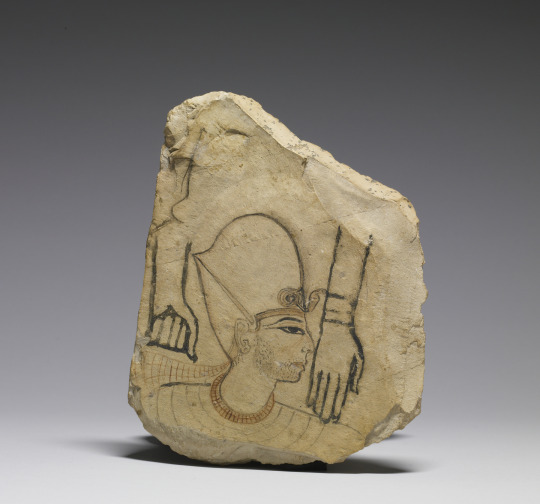
Ancient Egyptian ostracon depicting a pharaoh, the blue war crown (khepresh) atop his head and his face covered with stubble (a traditional sign of mourning). The image is thought to depict the 19th Dynasty pharaoh Seti I (r. ca. 1294-1279 BCE). Another, less experienced artist has also used the ostracon to practice drawing hands. Now in the Walters Art Museum, Baltimore.
#art#art history#ancient art#Egypt#Ancient Egypt#Egyptian art#Ancient Egyptian art#New Kingdom#19th Dynasty#Seti I#drawing#ostracon#portrait#Walters Art Museum
164 notes
·
View notes
Text
Dragoon 1854


#nostalgia#19th dynasty#history#French history#military history#napoleon bonaparte#frev#napoleon#military aesthetic
81 notes
·
View notes
Photo
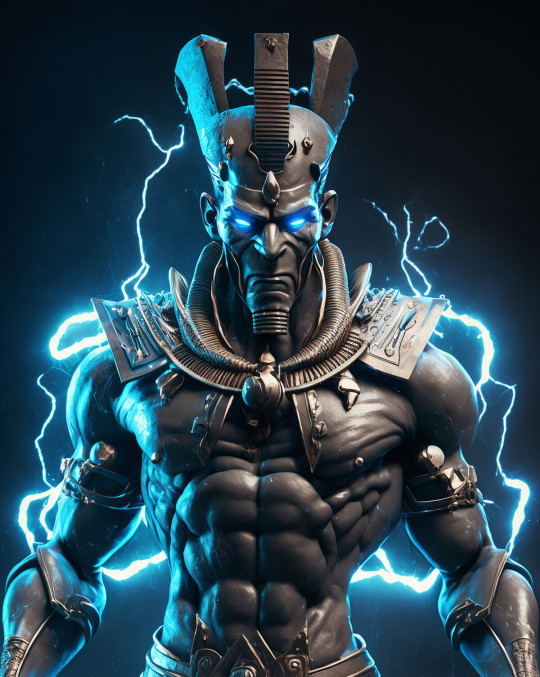
Ramesses II [Ozymandias]
#Ramesses II#Ozymandias#Pharaoh#Ancient Egypt#19th Dynasty#character design#sculpture#sci fi#cyberpunk
51 notes
·
View notes
Text
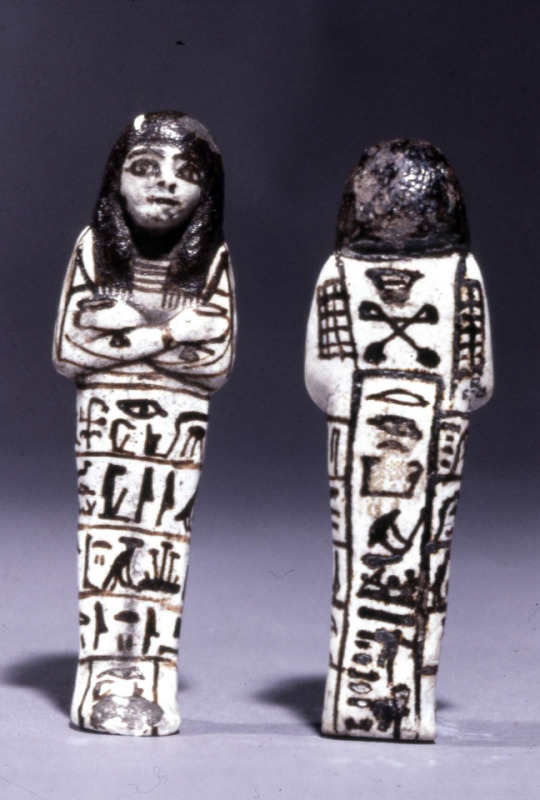
White glazed composition shabti of Anu. British Museum. EA30003
25 notes
·
View notes
Photo
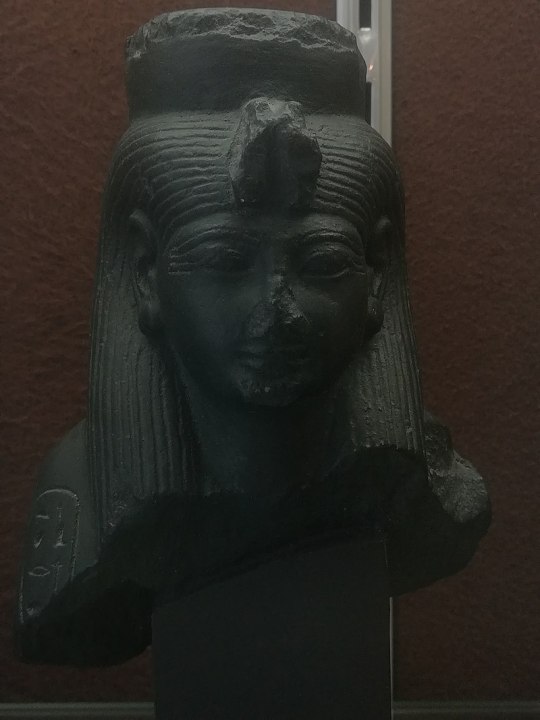
Isetnofret (or Isis-nofret or Isitnofret) (Ancient Egyptian: "the beautiful Isis") was one of the Great Royal Wives of Pharaoh Ramesses II and was the mother of his successor, Merneptah. She was one of the most prominent of the royal wives, along with Nefertari, and was the chief queen after Nefertari's death (around the 24th year of the pharaoh's reign).
7 notes
·
View notes
Text
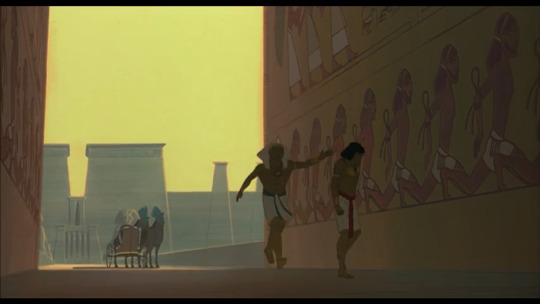
"We can take care of that"
I mean, they ARE the royal family
Also, a better look at the mural, which seems to be based off this mural:

Which seems to be a depiction of Hyksos being taken in as slaves? That's 2 dynasties ago
I don't really know, I can't find sources
1 note
·
View note
Text
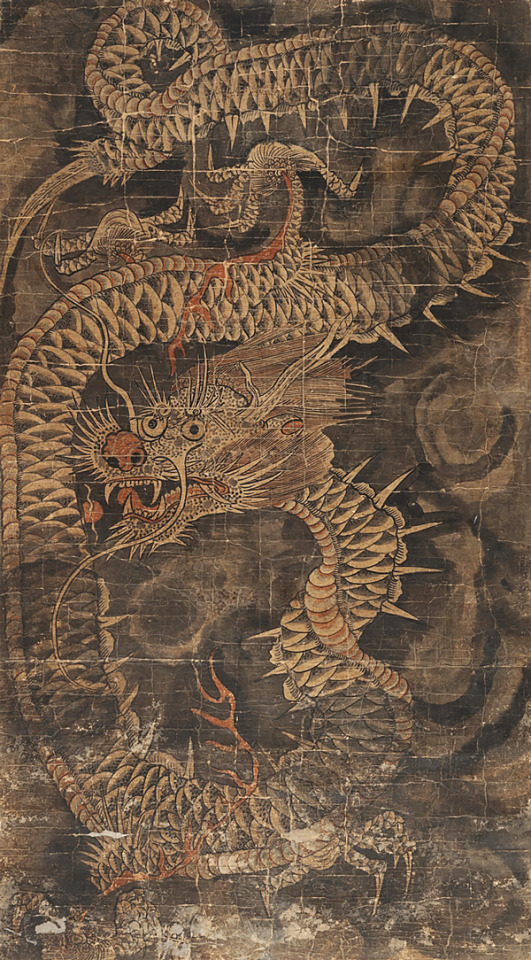
Happy Year of the Dragon
l 운룡도 Dragon in Clouds l Joseon l 19th Century l National Folk Museum of Korea
#year of the dragon#happy new year#2024#paintings#art#national folk museum#korea#new year's day#korean#19th century#joseon dynasty#south korea#seoul#lunar new year#dragon#blue dragon
664 notes
·
View notes
Text

Buckle. Chinese origin, dated mid to late Qing Dynasty era (about 1700–1911). Medium is abraded jade with pink and yellow tourmaline. Dimensions: 3.81 x 11.11 x 2.22 cm. From the Chinese Art collection at the Los Angeles County Museum of Art, object number: M.2001.179.26
(Source: collections.lacma.org)
#buckle#clasp#jewelry#fashion#18th century#19th century#qing dynasty#chinese design#stone#jade#tourmaline#pink#yellow
578 notes
·
View notes
Text

Relief of Osiris, green-skinned
Tomb of Nefertari (QV66), Valley of the Queens, West Thebes.
367 notes
·
View notes
Text


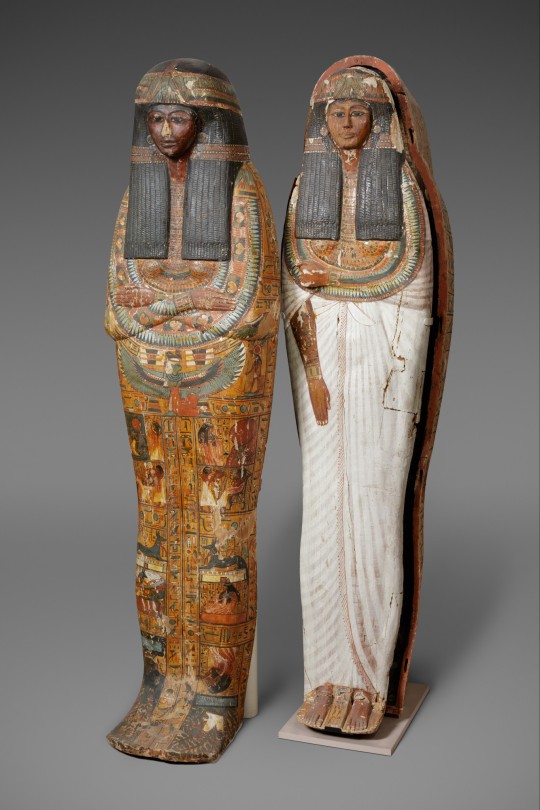
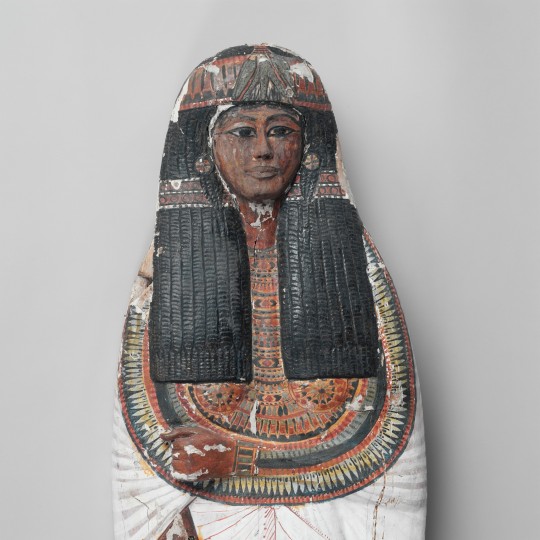
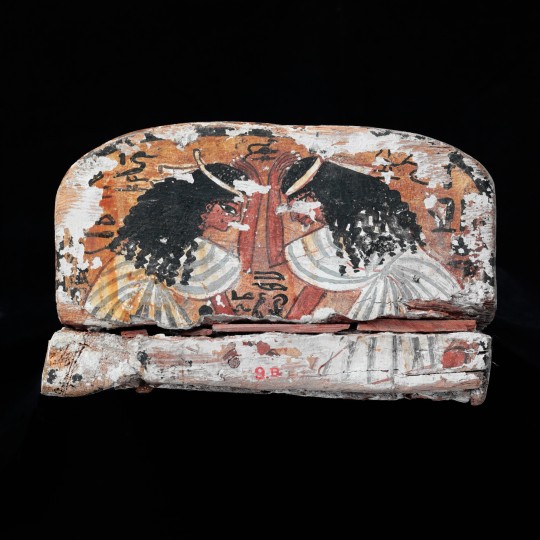
~ Mummy Board of Iineferty.
Period: New Kingdom, Ramesside; 19th Dynasty, Reign of Ramesses II
Date: ca. 1279–1213 B.C.
Place of origin: Egypt, Upper Egypt, Thebes, Deir el-Medina, Tomb of Sennedjem (TT 1), Egyptian Antiquities Service/Maspero excavations, 1885–86
Medium: Wood, gesso, paint, varnish
#ancient#ancient art#history#museum#archeology#ancient egypt#ancient sculpture#ancient history#archaeology#egyptology#Egyptian#Egypt#mummy#mummy board#Iineferti#19th Dynasty#new kingdom#Ramesside#Ramses II#thebes#ca. 1279 b.c.#ca. 1213 b.c.
634 notes
·
View notes
Text
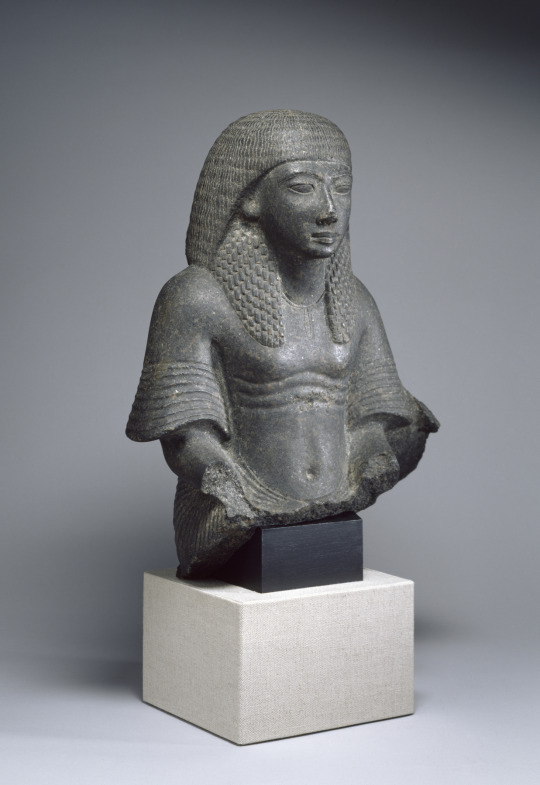
Ancient Egyptian male bust (granodiorite) of an official. Originally the man would have been shown together with his wife. Artist unknown; ca. 1300-1290 BCE (18th or 19th Dynasty, New Kingdom). Probably from the official's tomb at Saqqara; now in the Walters Art Museum, Baltimore. Photo credit: Walters Art Museum.
#art#art history#ancient art#Egypt#Ancient Egypt#Egyptian art#Ancient Egyptian art#18th Dynasty#19th Dynasty#New Kingdom#sculpture#portrait sculpture#portrait bust#granodiorite#stonework#carving#Walters Art Museum
162 notes
·
View notes
Text
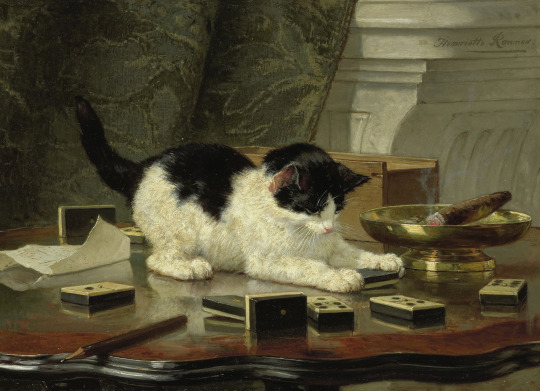
Henriette Ronner-Knip - The Kitten Game, 1860s.
Henriette was part of the so called Knip Dynasty, a family with remakable painting skills. Nicely blogged by My Daily Art Display:
The Knip Dynasty of Artists
163 notes
·
View notes
Text
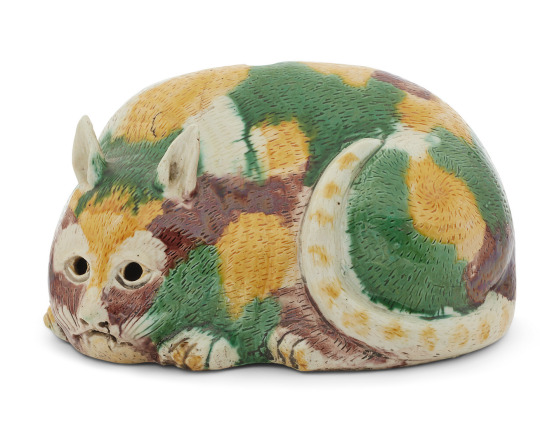

A night lantern in the form of a cat with egg and spinach glaze, Qing Dynasty, 18th - 19th Century
Christie's
#ceramics#cat#lighting design#china#qing dynasty#18th century#early 19th century#chinese art#egg and spinach
75 notes
·
View notes
Text
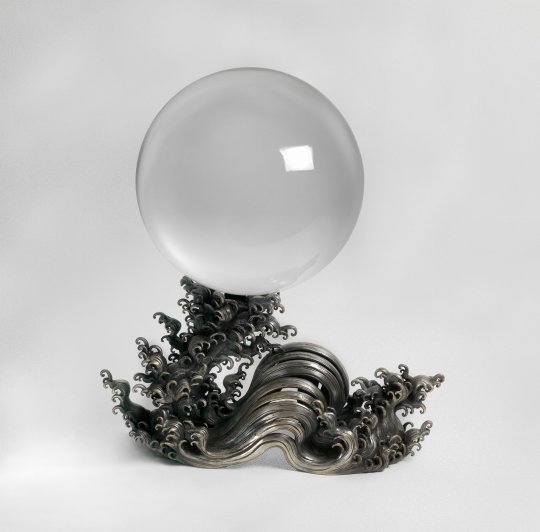

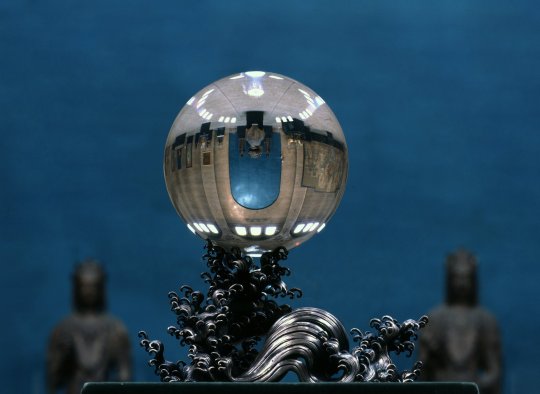
▪︎ Crystal Ball.
Place of origin: China
Period: Qing Dynasty
Date: 19th century
Medium: Rock Crystal
#19th century#19th century art#art#history#decorative arts#history of art#museum#china#chinese#asian art#crystal ball#qing dynasty#rock crystal
289 notes
·
View notes